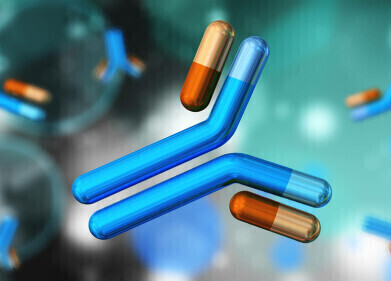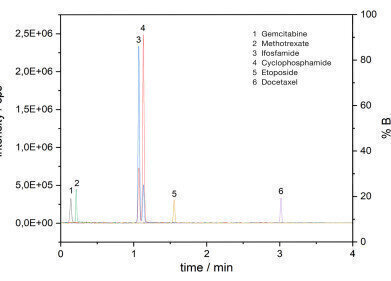Bioanalytical
New Parkinson's treatment pushed towards clinical trial stage
Apr 22 2014
Research from Michigan State University (MSU) has found that a small “molecular tweezer” keeps proteins from clumping, which is the first step in the development of a number of neurological disorders including Parkinson’s, Alzheimer’s and Huntington’s disease.
The study, published in the Journal of Biological Chemistry, could push the molecule towards clinical trials, where it would be tested and experimented as a new drug.
Lisa Lapidus, associate professor of physics and astronomy at MSU and co-author of the paper, said that by the time many patients go and seek medical treatment a lot of damage has already been done to the brain.
She said that in the lab they were able to detect the first steps of the protein development, which is where drugs could be most effective.
"This could be a strong model for fighting Parkinson’s and other diseases that involve neurotoxic aggregation,” added Dr Lapidus.
Proteins are chains of amino acids that do the majority of work in most cells but, although scientists understand its structure, they don't know how they are built. Using a technique that Dr Lapidus has pioneered, she and her team used lasers to study the speed of protein reconfiguration before aggregation occurred.
Her work has managed to provide insight on the process by linking the speed at which protein changes shape, with its tendency to clump or bind with other proteins. It found that where reconfiguration is much faster or slower than the speed at which proteins bump into each other, aggregation is slow, but if reconfiguration is the same speed, aggregation is fast.
Srabasti Acharya, lead author and doctoral candidate in Lapidus’ lab, tested the molecule, CLR01, which was patented jointly by researchers at the University of Duisburg-Essen (Germany) and UCLA. CLR01 attaches itself to the protein and prevents aggregation by speeding up reconfiguration.
Previous research from Dr Lapidus found that the molecules weren’t viable drug candidates because they cannot cross the blood-brain barrier (BBB), which controls what chemicals are able to reach the brain.
Events
May 11 2025 Vienna, Austria
May 18 2025 Tempe. AZ, USA
May 21 2025 Birmingham, UK
Jun 01 2025 Baltimore, MD, USA
Jun 15 2025 Bruges, Belgium














